USDA: United States Department of Agriculture
The USDA, or the United States Department of Agriculture, plays a vital role in the commodities market. It is a government agency responsible for developing and executing policies related to farming, agriculture, and food. The USDA provides key information, reports, and resources that are crucial for traders and investors.
Visit the official USDA website to access a wealth of information and resources:
Visit USDA WebsiteUSDA Reports
The USDA publishes various reports that are highly influential in the commodities market. These reports provide essential data and insights for traders and investors. Some of the key USDA reports include:
- WASDE (World Agricultural Supply and Demand Estimates)
- Crop Progress
- Grains Inspected for Export
- US Export Sales
These reports offer valuable information on supply, demand, production, exports, and other factors that impact commodity prices. Traders and investors closely monitor these reports to make informed decisions.
Role of USDA in Commodities Market
The USDA's role in the commodities market is multi-faceted. Some of the key functions and responsibilities of the USDA include:
- Promoting agricultural trade and exports
- Supporting farmers and ensuring food safety
- Conducting research and providing data on crops, livestock, and commodities
- Developing and implementing agricultural policies
- Managing conservation programs
Traders and investors rely on the USDA's data, reports, and policies to gain insights into market trends, supply and demand dynamics, and price movements. Understanding the USDA's role is essential for success in the commodities market.

WASDE: World Agricultural Supply and Demand Estimates
The WASDE, or World Agricultural Supply and Demand Estimates, report is a significant publication in the commodities market. It provides comprehensive information and analysis on global supply and demand for major agricultural commodities. The report is released monthly by the United States Department of Agriculture (USDA) and is widely followed by traders, analysts, and investors.
Access the latest WASDE report on the official USDA website:
Visit USDA WebsiteImportance of the WASDE Report
The WASDE report plays a crucial role in the commodities market by providing key information and insights that impact trading decisions. It includes data on:
- Crop production and yield forecasts
- Global and domestic supply and demand estimates
- Ending stocks
- Price projections
- Trade balances
Traders and investors rely on the WASDE report to gain a deeper understanding of market fundamentals and make informed trading strategies. The report's data and analysis help market participants assess supply-demand imbalances, anticipate price movements, and identify potential trading opportunities.

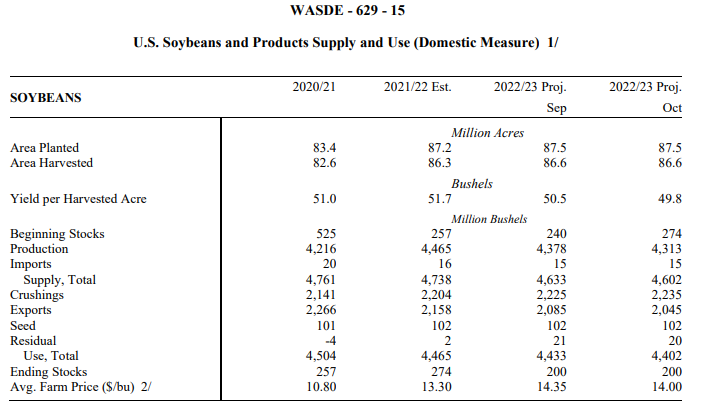
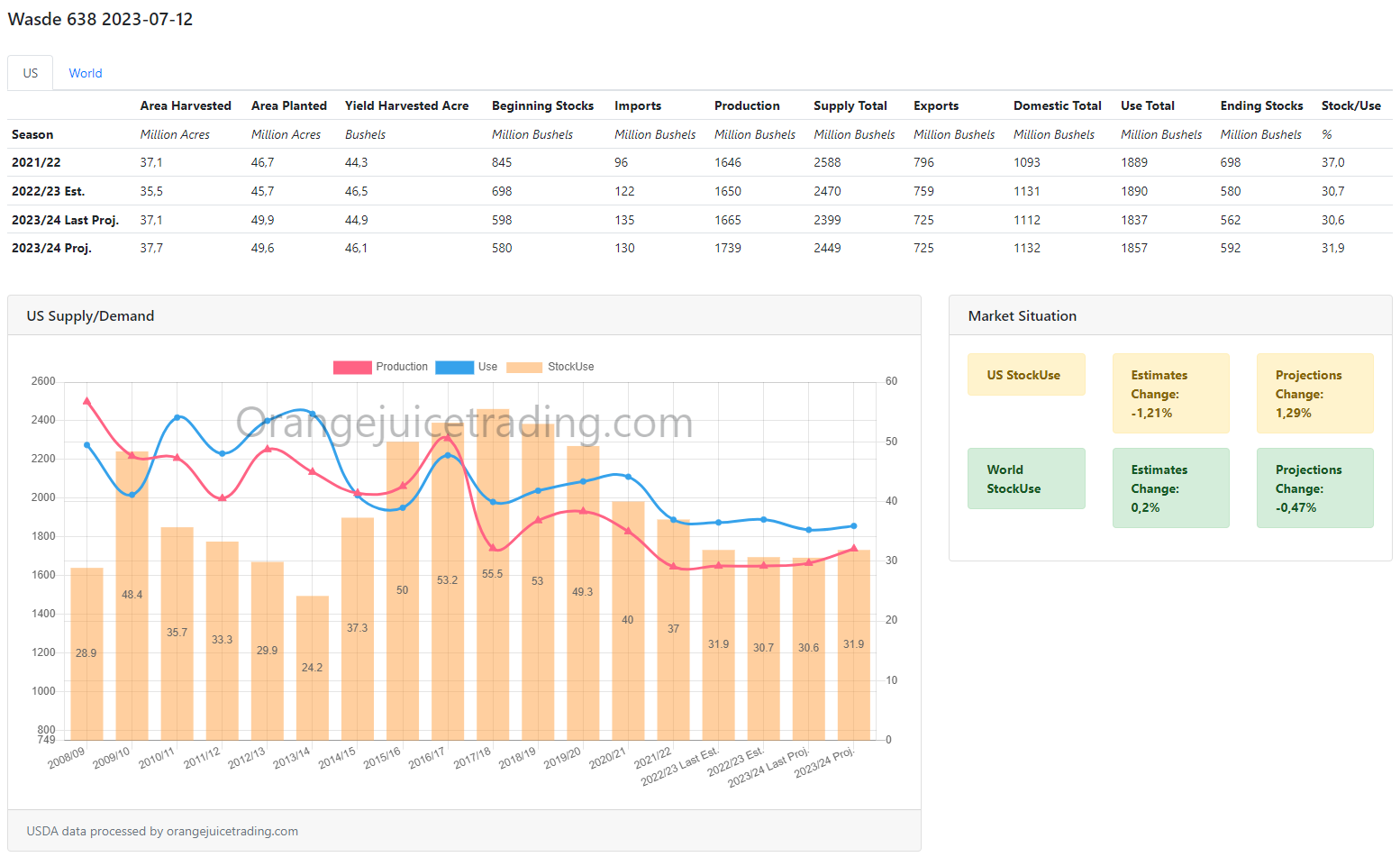
COT: Commitments of Traders
The COT, or Commitments of Traders, report is a valuable tool used in the commodities market. It provides insights into the positions held by different market participants, such as commercial traders, non-commercial traders (speculators), and small traders. This report is released weekly by the Commodity Futures Trading Commission (CFTC) and offers essential information for traders and investors.
Access the latest COT report on the official CFTC website:
Visit CFTC WebsiteSignificance of the COT Report
The COT report provides valuable insights into the positioning of different traders and investors in the commodities market. It helps traders identify trends, assess market sentiment, and make informed trading decisions. Key information available in the COT report includes:
- Open interest: Total number of outstanding contracts in a specific commodity
- Long positions: Contracts held by traders who expect prices to rise
- Short positions: Contracts held by traders who expect prices to fall
- Changes in positions: Weekly changes in long and short positions
By analyzing the COT report, traders can gauge the sentiment and behavior of different market participants, which can provide insights into potential price movements.

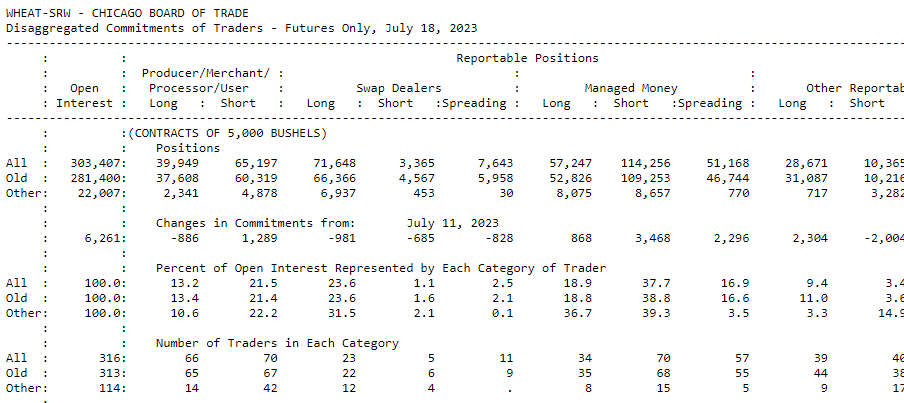
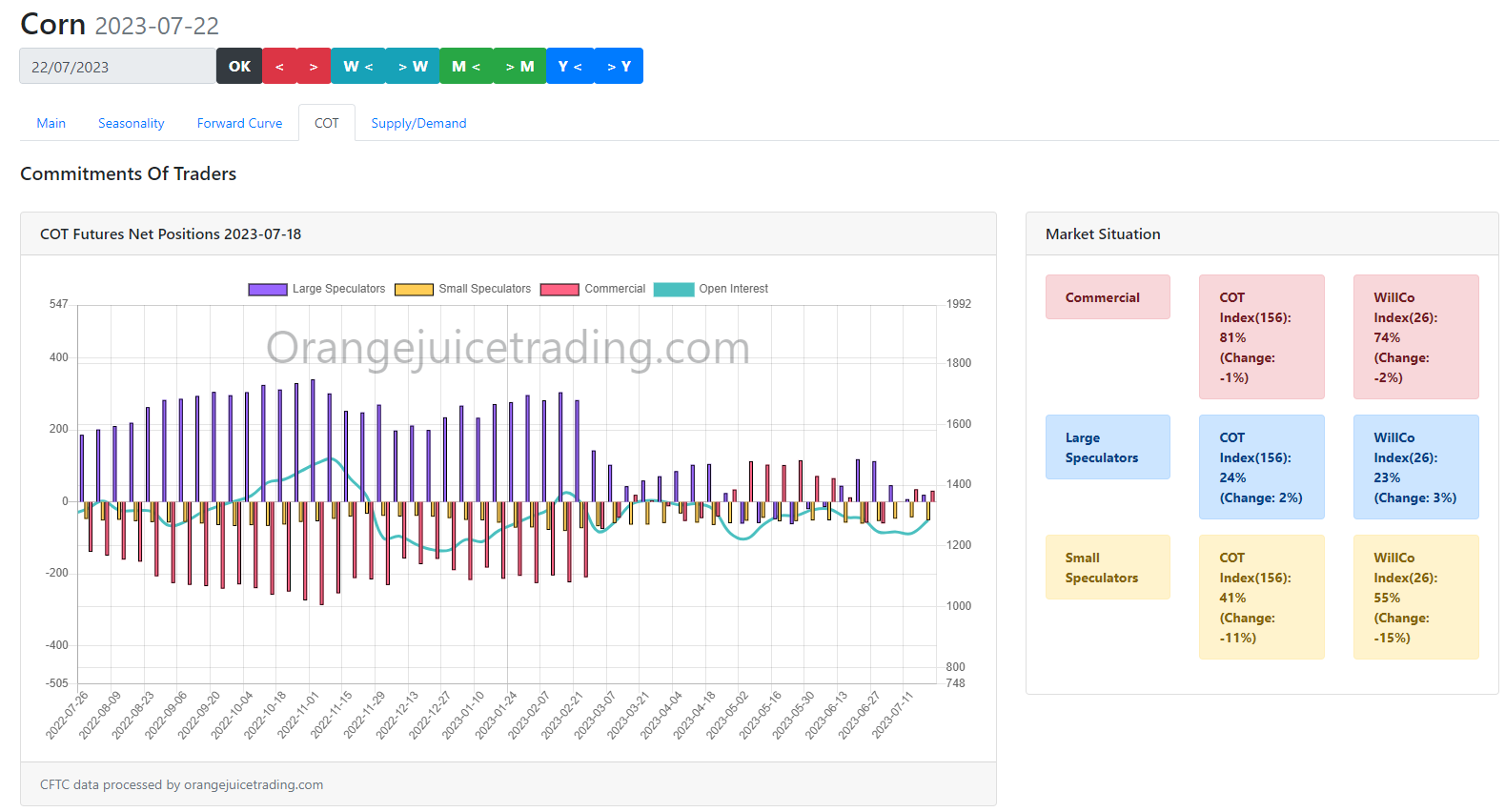
Crop Progress Reports
Crop Progress reports provide valuable updates on the growth and development of major crops in the commodities market. They are released weekly by the United States Department of Agriculture (USDA) and play a significant role in shaping market sentiment and influencing trading decisions.
Access the latest Crop Progress report on the official USDA website:
Visit USDA WebsiteImportance of Crop Progress Reports
The Crop Progress reports provide key information on various crop stages, planting progress, crop condition, and harvest progress. This data helps traders, analysts, and investors assess the health and development of crops, monitor potential yield impacts, and evaluate overall crop conditions.
By tracking the Crop Progress reports, market participants can anticipate supply fluctuations, assess the impact of weather conditions, and make informed trading decisions. These reports are particularly important for agricultural commodities, such as grains and oilseeds, where crop performance directly influences market dynamics.

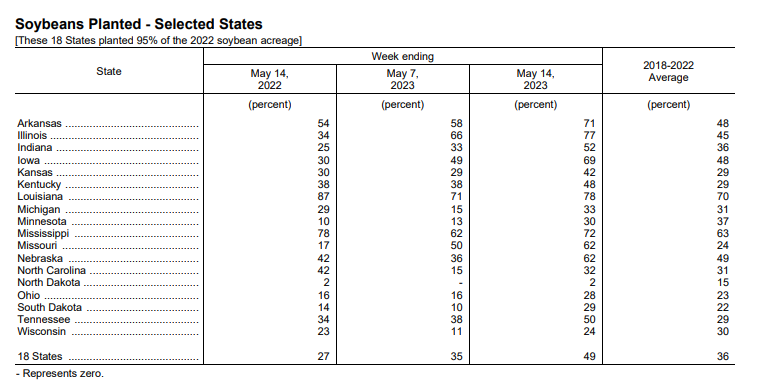
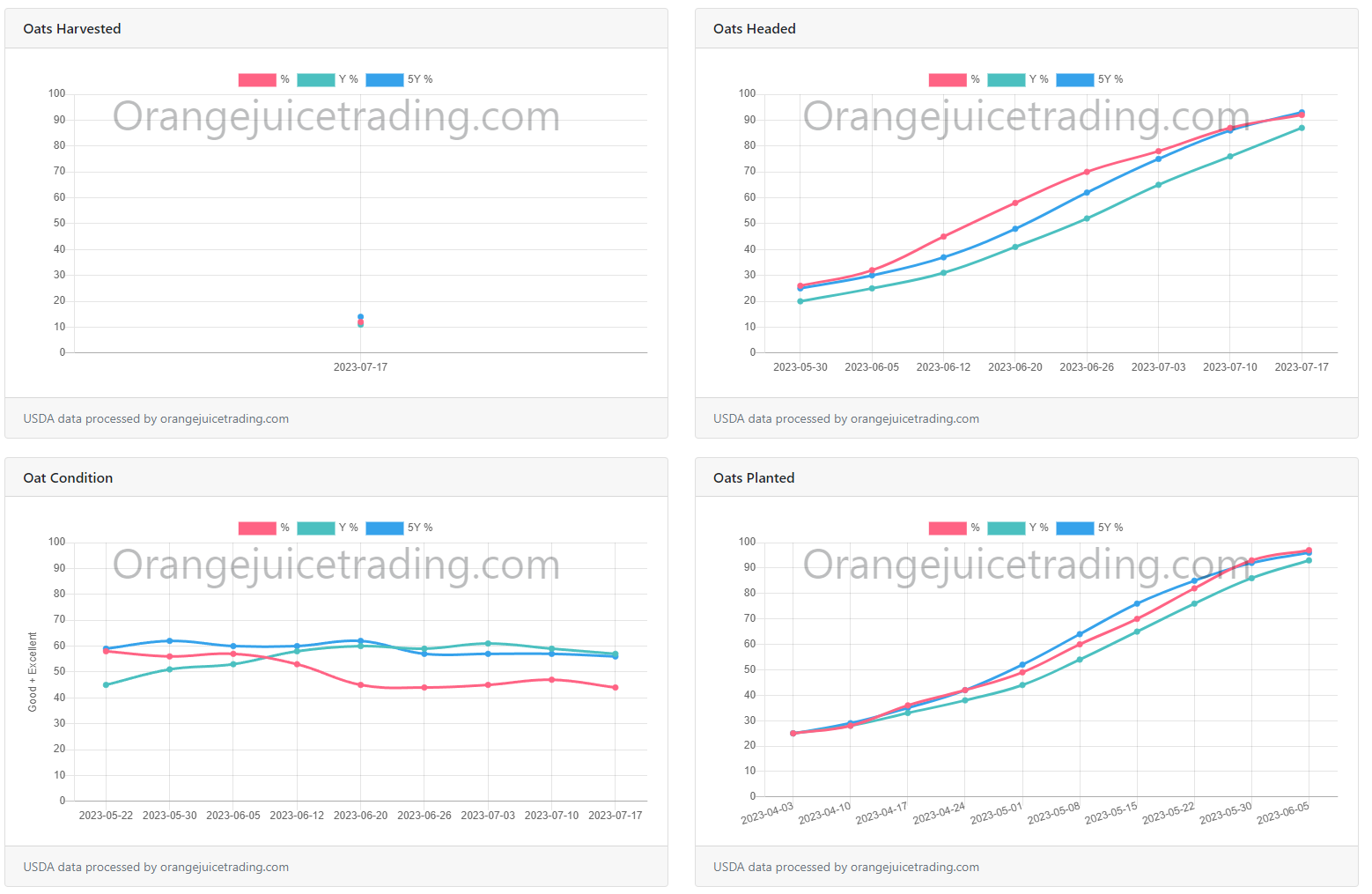
US Export Sales
US Export Sales refers to the data and reports that track the export sales of various commodities from the United States. These sales play a significant role in the commodities market as they provide insights into the global demand for American commodities.
The US Export Sales reports include information on the quantity, destination, and type of commodities sold for export. This data is valuable for traders and investors who analyze international market trends and make informed decisions based on global demand.
To access the latest US Export Sales reports and data, you can visit the USDA Foreign Agricultural Service website. It provides a wealth of information and resources related to US agricultural exports.
Visit Export sales WebsiteImportance of US Export Sales
US Export Sales reports provide several key benefits:
- Market Demand Analysis: By monitoring export sales, traders and investors can gauge the international demand for specific commodities, which helps in predicting price movements and making informed trading decisions.
- Competitive Advantage: Understanding export sales trends allows market participants to identify countries or regions with significant demand, potentially giving them a competitive edge in the global market.
- Supply and Demand Balance: Export sales data provides insights into the supply and demand balance of commodities, helping traders assess market conditions and anticipate potential price fluctuations.
- International Trade Impact: US Export Sales reports offer a comprehensive overview of the United States' role in global commodity markets, highlighting its position as a major exporter and its impact on international trade.

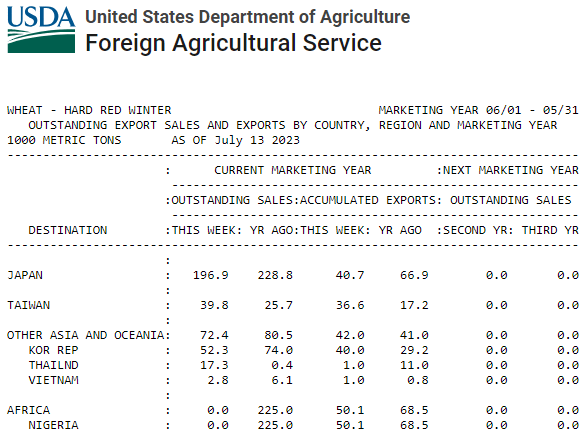
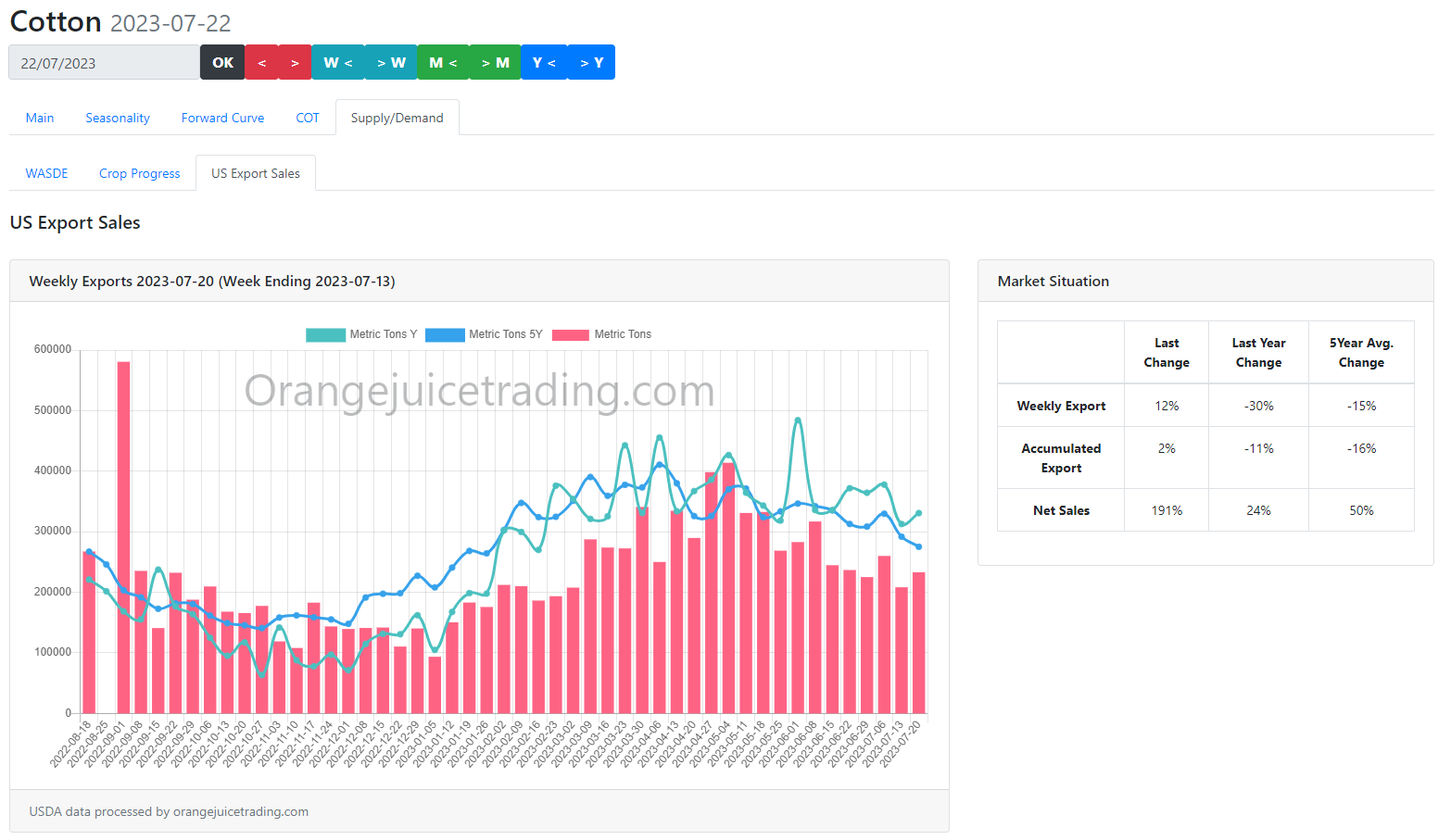
Grains Inspected for Export
Grains Inspected for Export refers to the process of inspecting grains, such as corn, wheat, rice, and oats, that are intended for export. The inspection ensures that the quality, quantity, and condition of the grains meet the required standards set by regulatory authorities and international buyers.
Grains Inspected for Export reports provide valuable information on the volume, destination, and quality of grains that have undergone inspection. This data is crucial for traders, investors, and other market participants who rely on quality assurance and compliance with international trade regulations.
To access the latest Grains Inspected for Export reports, you can visit the USDA (United States Department of Agriculture) website. The USDA provides comprehensive information on agricultural commodities, including grains, and offers access to the necessary reports and data for market analysis.
Visit Grains Inspected for Export WebsiteImportance of Grains Inspected for Export
The Grains Inspected for Export reports offer several key benefits:
- Quality Assurance: By ensuring that the grains meet specific quality standards, the inspection process helps maintain the reputation of the exporting country as a reliable source of high-quality grains.
- Market Transparency: The reports provide transparency in the grain export market by disclosing information on the quantity and quality of grains being exported, contributing to fair market practices.
- Compliance with Regulations: The inspection process ensures compliance with international trade regulations, including sanitary and phytosanitary measures, to protect the health and safety of consumers.

U.S. Energy Information Administration (EIA)
The U.S. Energy Information Administration (EIA) is a principal agency of the U.S. Federal Statistical System responsible for collecting, analyzing, and disseminating energy information. The EIA provides comprehensive and independent energy data, analysis, and forecasts that are vital for understanding and navigating the commodities market.
Access the official website of the U.S. Energy Information Administration:
Visit EIA WebsiteImportance of the EIA
The EIA plays a crucial role in providing accurate and up-to-date information on energy production, consumption, prices, and environmental impact. Their reports and data cover various energy sources, including crude oil, natural gas, coal, renewables, and electricity.
Traders and investors rely on the EIA's reports, such as the Weekly Petroleum Status Report and the Natural Gas Storage Report, to make informed decisions in the commodities market. These reports provide insights into supply and demand dynamics, inventory levels, and other market factors.
Key Resources
The EIA offers a range of valuable resources for traders and investors:
- Data and Statistics: Access comprehensive energy data, including historical and current information on production, consumption, prices, and more.
- Forecasts and Outlooks: Explore energy market projections, outlooks, and long-term forecasts to anticipate trends and opportunities.
- Analysis and Reports: Gain insights from in-depth analysis, research papers, and reports on various energy-related topics.
- Tools and Visualizations: Utilize interactive tools and visualizations to explore energy data and trends.
